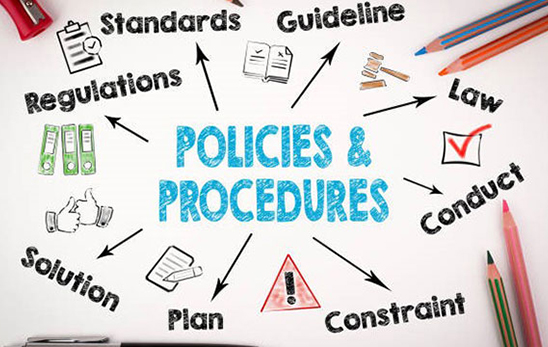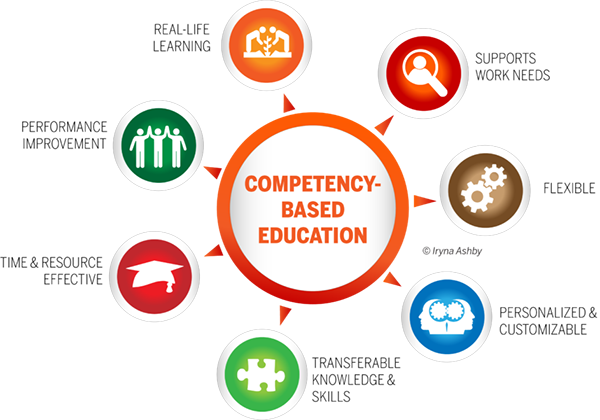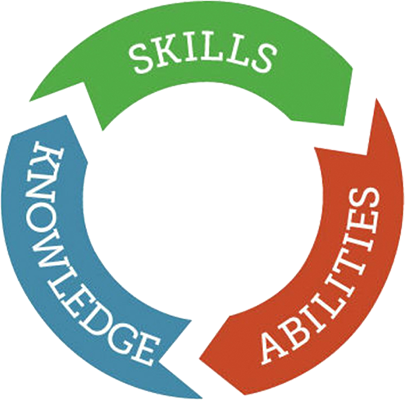What is Competency-Based Education (CBE)? A Comprehensive Guide
Get Your Free Trial Now!
Competency-based education
In the territory of education, there is a new procedure named competency-based education (CBE). This approach introduces a modern method that concentrates on students' understanding and retention of skills and knowledge rather than time-based measurement. But in what way do we understand CBE?
Let’s explore the query what is competency-based education? It will definitely be a complete and unique guide.

What is CBE (Competency-Based Education)

Competency-Based Education, commonly known as CBE, is a teaching approach that emphasizes the completion of defined competencies rather than the number of hours completed or time spent in the classroom. In contrast to conventional education settings, which promote students following a course set by an established schedule, CBE gives students room to move forward as they master every skill and concept.
Different from CBE is its orientation toward tangible outcomes and personalized learning routes based on students’ personal needs. Thus, CBE provides students with the chance to master materials faster, with the ultimate goal of deeper comprehension and information memorization.
Key Principles of CBE
Mastery Learning
Mastery learning is the central precept of CBE, which demands that students show proficiency in selected competencies before proceeding to the next level. This method leads to better comprehension for the students since the concept will be fully understood, and thereby a strong foundation is built for future understanding.
Personalization
CBE understands that every student acquires knowledge at a different speed; they also have their own personal merits and demerits. That gives students focused learning experiences, and they can even learn what levels they need support at and what levels they need to accelerate.
Benefits of CBE
Improved Learning Outcomes: CBE's major premise of mastery learning guarantees that students not only learn core concepts and skills but also achieve a very good grasp of them. This phenomenon is manifested in better learning outcomes, often with the students showing improved levels of competency and retention rates.
Greater Flexibility
Students could benefit from the education resources at their own convenience and from any place; therefore, the learning experience would become more comfortable and accessible. Alignment with Workforce Needs: CBE very much corresponds with the requirements of the contemporary workforce, in which skills and competencies are more sought as compared to the traditional qualifications. While dealing with practical skills and experience, CBE prepares students for work success as well as for the workplace needs of the present day and the changes in the employment market.
Don’t Miss Out : NEP 2020 Reforms: Subject-Wise Committees and Strategy
Challenges and Considerations
 Infrastructure and Resources
Infrastructure and Resources
Implementing CBE entails substantial financial investments in the expansion of education infrastructure, the acquisition of technology, and the provision of resources to facilitate individualized learning pathways and competency-based assessments. Schools and institutions need to have adequate resources and support systems to support CBE program implementation and sustainment.
 Teacher Training and Support
Teacher Training and Support
Switching to CBE requires a change in strategies and methods of instruction. Teachers have to be sufficiently trained and receive ongoing support so as to be able to satisfactorily apply CBE strategies, devise competency-based assessments, and also provide students with personalized and systematic instruction.
 Assessment Validity and Reliability
Assessment Validity and Reliability
Developing valid and reliable competency-based assessments requires overcoming challenges, which include assessing students’ mastery of specific knowledge and skills. Schools and learning institutions need to set aside time and budget to develop rigorous assessments that carry instructions and standards excellently.
 Equity and Access
Equity and Access
CBE provides equal opportunity and access to education for a range of learners by providing suitable learning atmospheres or preferences, although concerns exist as to how equal resources and support can be assured for all students. Schools need to connect to these technological gaps, including internet connectivity and similar resources, to make sure all students can benefit from CBE.
Read Also: Gap Analysis Techniques
Conclusions about what is competency-based education?
To summarize, competency-based education (CBE) is an innovative framework that places understanding and responsibility at the core of the learning process. Through the use of measurable goals and learning pathways that are customized to the individual needs of the students, CBE gives the students the opportunity to take control and bring about meaningful learning outcomes.
Despite the challenges in the implementation of CBE, the multiple benefits, such as increased student engagement, outcomes, and readiness, for the workforce make it a worthy option for education institutions that seek to innovate and evolve to match 21st-century learners` needs. As we proceed with the exploration and refining of the principles and practices of CBE, it is apparent that it brings a change to education and its efficiency in getting the students ready for an ever-changing world.

FAQs about what is competency-based education?
How does CBE differ from traditional face-to-face settings?
As opposed to traditional education, which is directed along a certain timeline, in CBE the focus is principally placed on measurable outcomes and personalized pathways. It moves the emphasis to mastery learning, personalization, and flexibility of pace and learning pathways, giving an opportunity for a unique and appealing experience.
Would you like to understand the main constructs of CBE?
Below are the main pillars of CBE: mastery learning, personalization, flexible pace and pathways, as well as competency-based assessment. The concept of mastery learning guarantees that students acquire each concept in the clearest way possible; personalization makes learning adaptable to individual needs; flexibility implies that different learning velocities are accepted; and competency-based assessment means that the learning achieved in a real-world context is evaluated.
What are the user benefits of CBE?
CBE provides students with greater learning interactions, enhanced learning outcomes, increased flexibility, and alignment with the demands of workplaces. The motivational level of the student’s increases, proficiency and retention are higher, and the skills of the students are better developed to meet the challenges of the present workplace.